Biological Mechanisms of Epigenetic Regulation
Introduction
Epigenetic regulation refers to changes in gene expression that do not involve alterations to the underlying DNA sequence. This form of genetic control involves chemical modifications to the DNA molecule itself or to the proteins, known as histones, that DNA wraps around. These modifications can turn genes on or off, influencing the production of proteins in certain cells. Epigenetic changes can be influenced by various factors such as age, environment, lifestyle, and disease state.
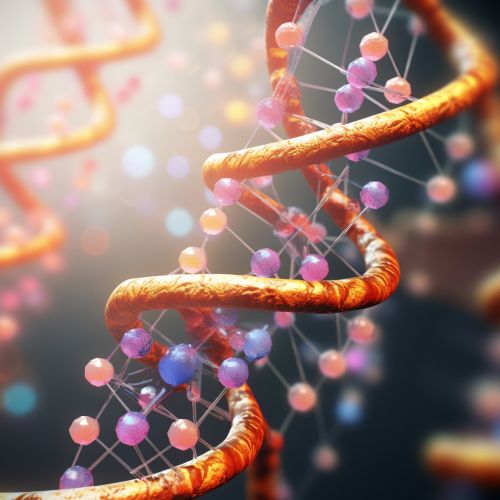
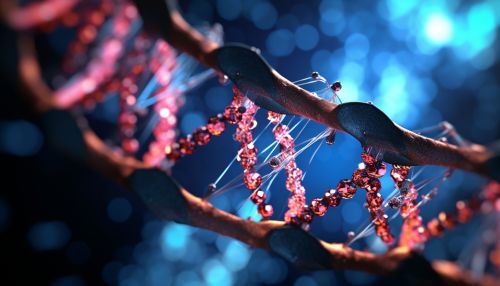
Mechanisms of Epigenetic Regulation
Epigenetic regulation is primarily achieved through three mechanisms: DNA methylation, histone modification, and non-coding RNA molecules. Each of these mechanisms plays a crucial role in controlling gene expression.
DNA Methylation
DNA methylation is one of the most extensively studied epigenetic mechanisms. It involves the addition of a methyl group to the DNA molecule, specifically to the carbon 5 position of the cytosine ring. This process, known as DNA methylation, is catalyzed by a group of enzymes known as DNA methyltransferases (DNMTs). DNA methylation typically acts to repress gene transcription, although its effects can vary depending on the context.
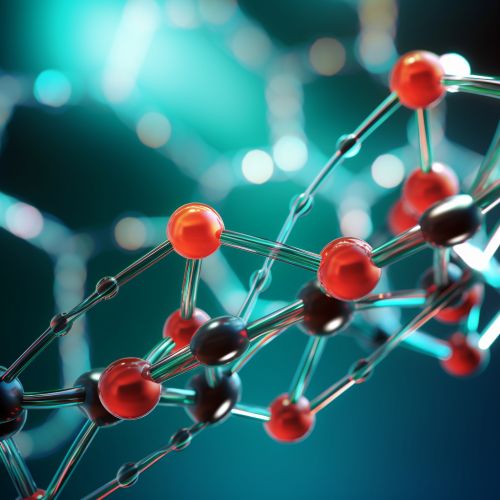

Histone Modification
Histone modification is another key mechanism of epigenetic regulation. Histones are proteins that help package DNA into a compact, efficient form inside the cell nucleus. They can be chemically modified by the addition or removal of various functional groups, including acetyl, methyl, and phosphate groups. These modifications can alter the structure of the histone, influencing how tightly or loosely the DNA is wrapped. This, in turn, controls the accessibility of the DNA to the transcription machinery and thus influences gene expression.


Non-Coding RNA Molecules
Non-coding RNA molecules, particularly microRNAs (miRNAs) and long non-coding RNAs (lncRNAs), are also key players in epigenetic regulation. These RNA molecules do not code for proteins but instead serve regulatory roles. miRNAs can bind to messenger RNAs (mRNAs) and prevent them from being translated into proteins, while lncRNAs can interact with DNA, RNA, and proteins to influence various aspects of gene expression.
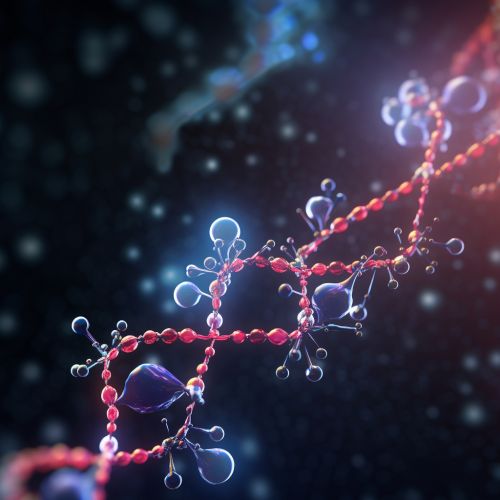
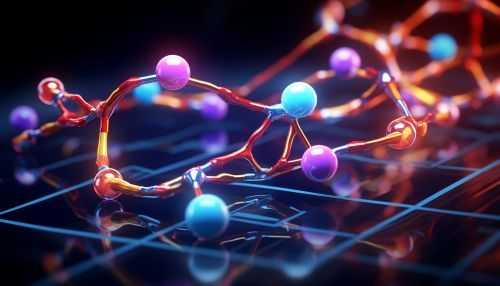
Role in Development and Disease
Epigenetic regulation plays a crucial role in development, influencing the differentiation of embryonic stem cells into specific cell types. Abnormalities in epigenetic regulation can lead to developmental disorders and are also implicated in numerous diseases, including cancer, autoimmune diseases, and neurological disorders.
Development
During development, epigenetic mechanisms help guide the differentiation of embryonic stem cells into the various cell types in the body. This involves the activation of some genes and the repression of others, a process that is tightly controlled by epigenetic regulation.

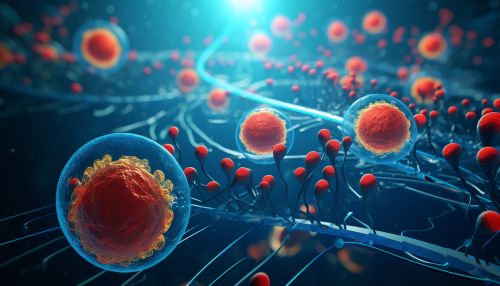
Disease
Abnormalities in epigenetic regulation can lead to disease. For example, hypermethylation of tumor suppressor genes or hypomethylation of oncogenes can lead to cancer. Similarly, aberrant histone modifications can disrupt normal gene expression patterns and contribute to disease pathogenesis. Non-coding RNAs, particularly miRNAs, have also been implicated in various diseases, including cancer, cardiovascular disease, and neurological disorders.

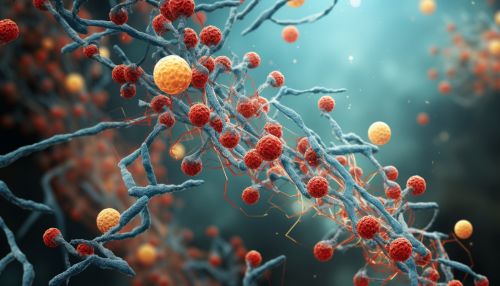
Future Directions
Research into the biological mechanisms of epigenetic regulation continues to be a vibrant field of study. Future directions include the development of drugs that target epigenetic mechanisms, the use of epigenetic markers for disease diagnosis and prognosis, and the exploration of the role of epigenetics in aging and lifestyle-related diseases.


